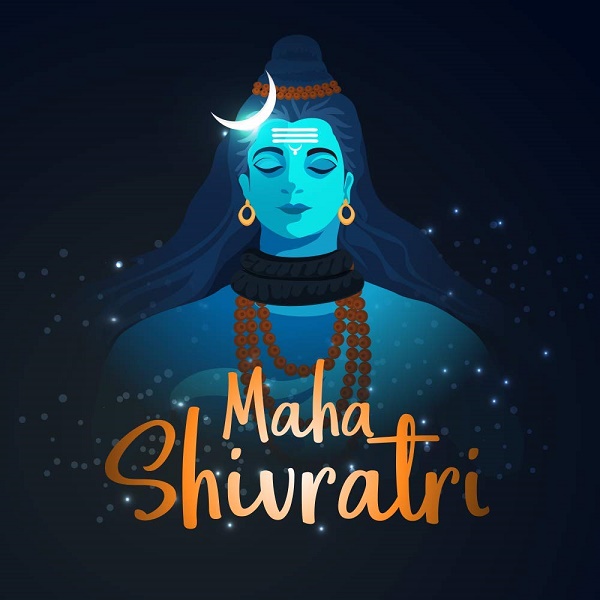|
Mahasivarathri is celebrated in the Tamil Calendar month of Maasi and is considered to be one of the most sacred occasions in the Hindu Religious Traditions.
The script of ‘Sivapuranam’ detailing the various events of Lord Siva, explains that the penance (‘Viradgham’ in Tamil) on this sacred Mahasivarathri Day is performed by Goddess Parvathi Devi on the ‘Pralaya Kalam’ (period of deluge), and in ‘Thretha Yugam’ by Lord Muruga, and in ‘Dwapara Yugam’ by Lord Thonthiappan (Vinayaka or Ganesha) and in the period before ‘Kaliyugam’ by Lord Vishnu!
The sacred occasion of Mahasivarathri falling on a Monday is considered very very special! This particular occasion is also known as ‘Loka Sivarathri’.
By observing penance (Viradham on this occasion of Mahasivarathri on Monday, the traditional belief is that the devotee observing this penance will reap virtue after virtue (good effect).
As per tradition, the devotee must observe fast throughout the day on this occasion and read ‘Sivapuranam’ and chant the ‘Namasivaya’ mantra (slogan) and pray!
On this sacred of Mahasivarathri, 4-periods (jamam) poojas will be performed in all the temples dedicated to Lord Siva.
The 4-periods (known as jamams) refer to the period from 6.00 PM to 6.00 AM the next day consisting of 12 hours.
A jamam consists of a 3-hour gap.
During the 4-Jamam poojas performed on the sacred Mahasivarathri day, ‘Archana’ should be performed with leaves of the Panchavilvam tree.
The 4-jamam pooja signifies the submission of the 4 human aspects of the mind, brain, decision, and arrogance to the feet of Lord Siva.
One should pray to Lord Siva throughout the night and join in the 4-jamam poojas.
Those who cannot do this can join at the 4th Jamam pooja when Panchamuga Deepa Archana is performed.
|



